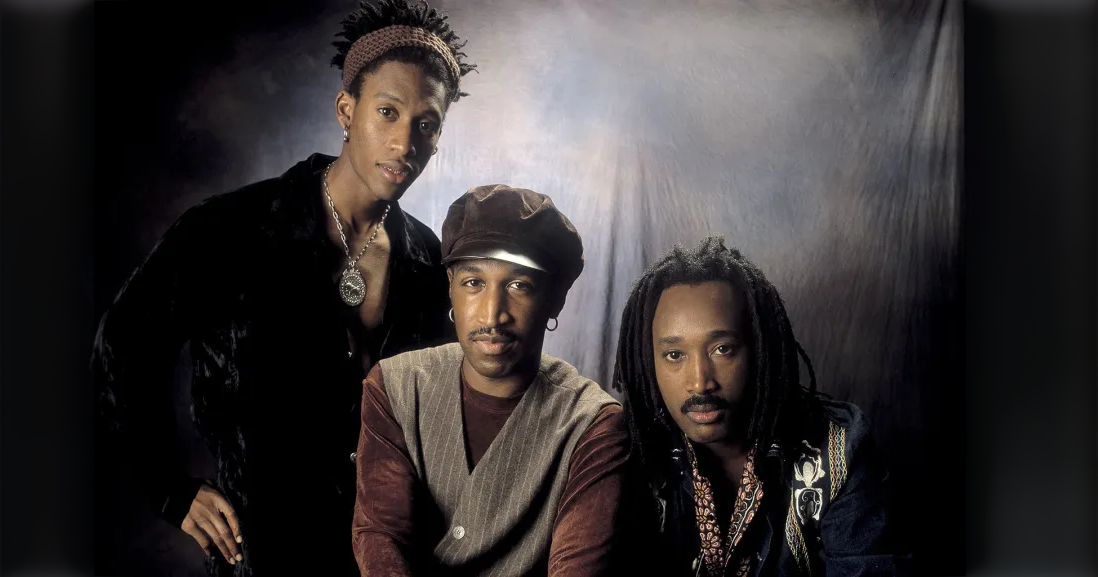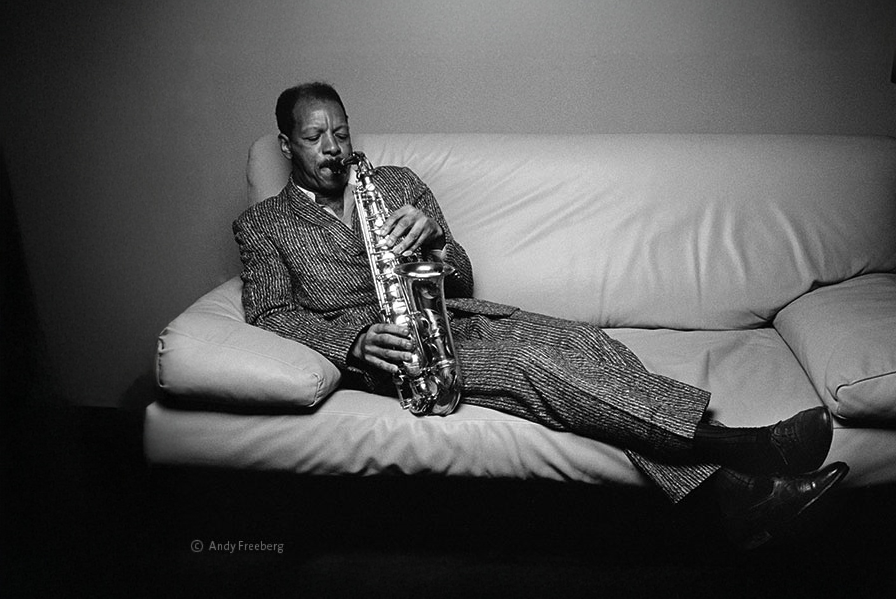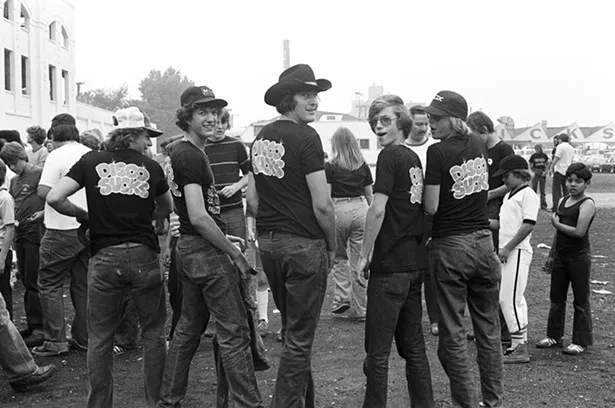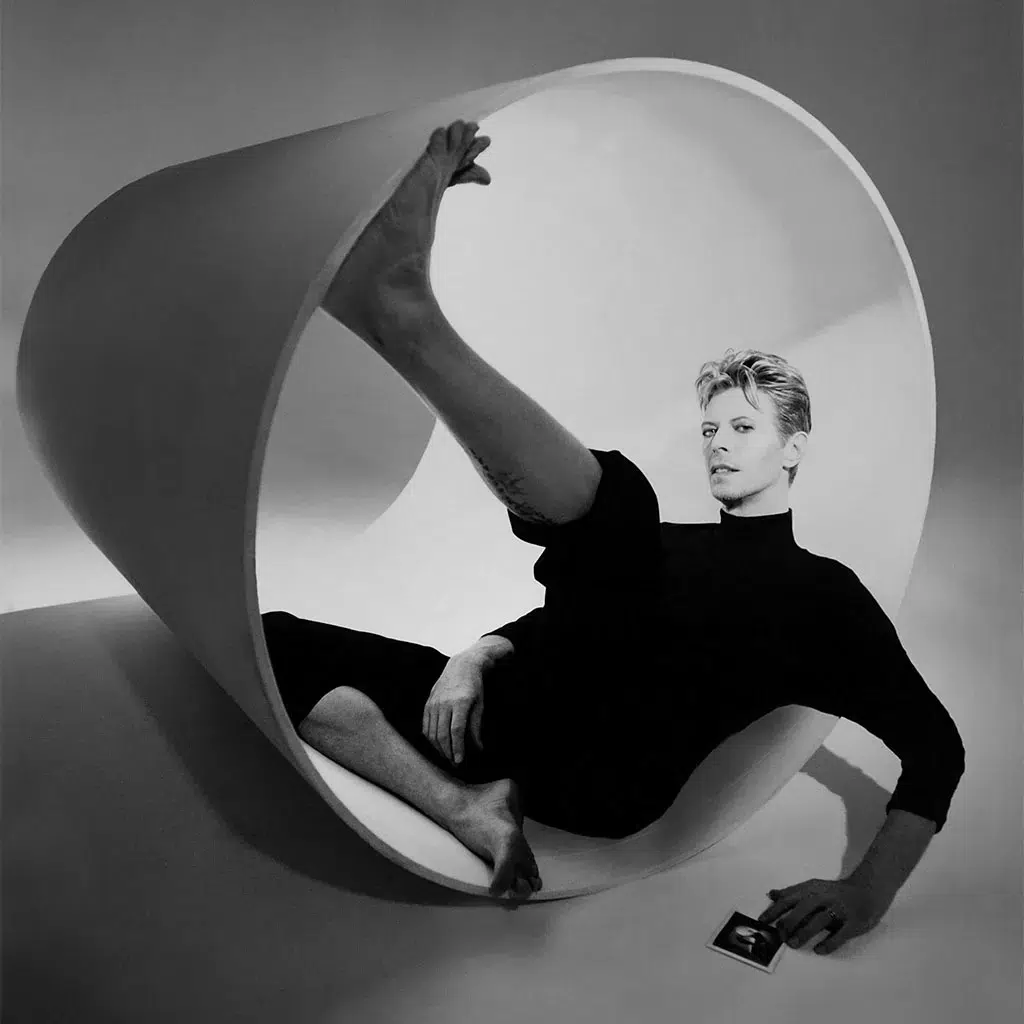Exploring the Depths of Sound with Electronica Music
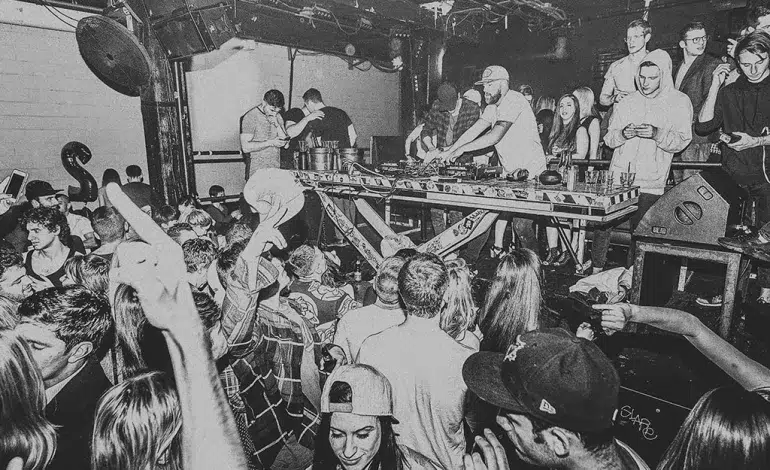
Electronica is incredibly versatile, with a wide range of sub-genres, including ambient, trance, techno, and house. This means that there is something for everyone, and electronica music can be enjoyed in various settings, from clubs to relaxation at home. Electronica music can be a way to express oneself creatively, connect with others, and uplift moods.
What Is Electronica Music?
Electronica music, also known as electronic dance music (EDM), is produced using electronic instruments, software, and technology. Gaining huge popularity in the 1980s and has since become a popular genre worldwide, with its driving, hypnotic beats and futuristic electronic sound that makes it perfect for dancing, clubbing, and other social events.

History of Electronica Music
Electronica music has a rich and fascinating history that has evolved over several decades. The rise of disco music and the advent of the digital age paved the way for the emergence of techno and house music. Today, electronica continues to evolve and thrive, with its unique blend of sounds and influences from various cultures and genres. The history of electronica is a testament to the power of innovation and creativity in music, and the impact that technology can have on shaping musical landscapes. Let’s have a look at some of the most important eras.
- Early Roots
The roots of electronica music can be traced back to the 1950s and 1960s when musicians and composers began experimenting with electronic instruments and sound manipulation techniques. Innovations like the tape recorder and the oscillator allowed artists to create new sounds and textures, which became the building blocks for later electronica music.
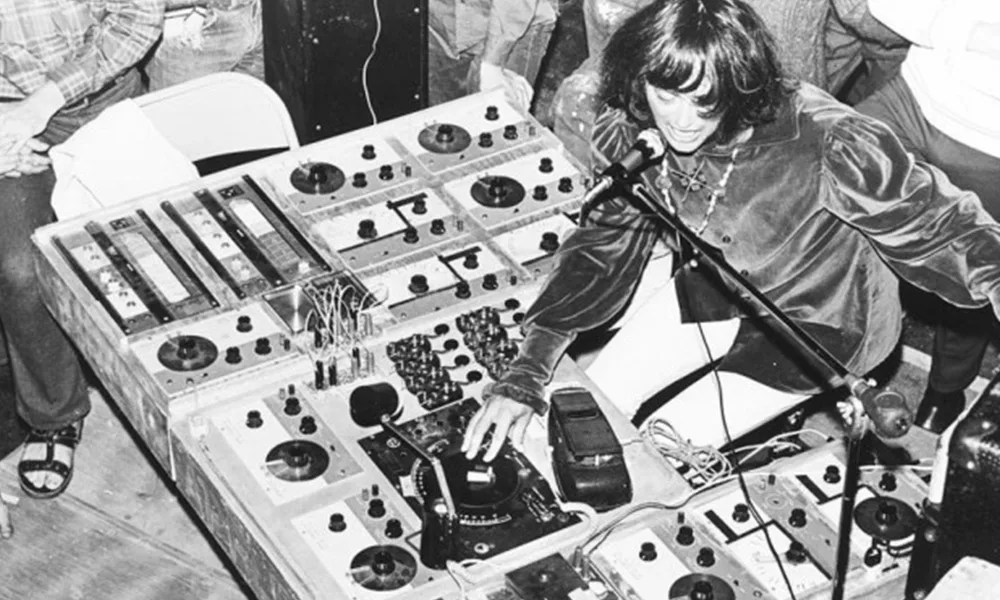
- Disco and Hip-Hop
In the 1970s, disco and funk played a significant role in establishing the grooves and rhythms that would become foundational to future electronica music. Traditional instruments such as drums, guitars, keyboards, and horns were used to create funky, danceable beats and riffs that continue to influence electronic music today. Many drum patterns and grooves used in disco and funk have been sampled and re-used in modern electronic music, particularly in genres such as house and techno. Meanwhile, hip-hop, which emerged in the 1970s and gained popularity in the 1980s, helped to lay the groundwork for music created entirely by electronic devices.
- Explosion of the 80s
The 1980s marked a turning point for electronica music, with the rise of techno and house music scenes in Detroit, Chicago, and Europe. These genres were characterized by the use of drum machines, synthesizers, and sequencers to create intricate, repetitive rhythms and basslines. Artists like Kraftwerk and Depeche Mode continued to push the boundaries of electronica music. The 1980s was a pivotal era for electronica, as new technologies and musical ideas combined to push the genre in new and exciting directions.
- New Electronica Music
The 1990s were a period of experimentation and growth for electronica music, as artists continued to push the boundaries of what was possible with electronic instruments and technology. The 1990s saw the growth and diversification of electronica music, with many new sub-genres emerging. Drum and Bass, jungle, and UK garage are just some of the sounds that defined the decade.
Characteristics of Electronica Music
Electronica music is characterized by its use of synthesizers, which allow artists to create a wide range of sounds and textures using electronic signals. Sampling, or the use of pre-existing sound recordings, is also a staple of electronica music, allowing artists to create new compositions from existing sounds. Drum machines are often used to create driving, hypnotic rhythms, and extended song length is common, with many electronica tracks lasting ten minutes or more. Overall, electronica music is known for its innovative use of technology and its emphasis on rhythm, texture, and experimentation.
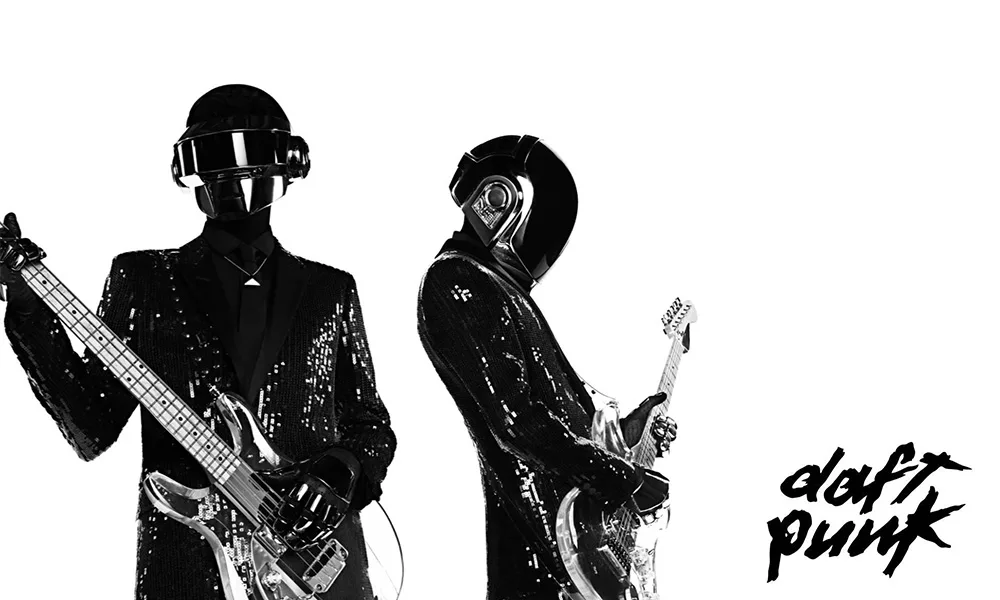
Favorite Electronica Music Artists
There are many incredible electronica music artists, but some of the best include Daft Punk, The Chemical Brothers, Aphex Twin, Boards of Canada, and Kraftwerk. Daft Punk is known for its catchy beats and futuristic sound, while The Chemical Brothers create hypnotic, danceable tracks that often feature vocals from big-name artists. Aphex Twin is known for his experimental approach to sound manipulation, while Boards of Canada creates intricate, textured compositions that evoke a dreamlike quality. Kraftwerk is considered one of the pioneers of electronic music, with its innovative use of early synthesizers and electronic devices paving the way for the genre’s future growth and development.

Longing For Better Music?
No one belongs here more than you do.
Literal is an independent groove radio where you feel you truly belong.
You can listen online for funky tunes. Tune in!
Can’t get enough? Us neither! Follow our Spotify playlist.
Also, you can follow us on Instagram.


